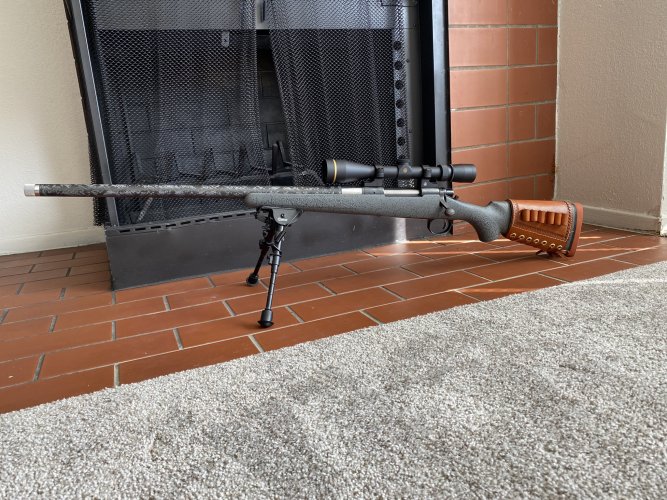All this talk of suppressors has me thinking about lightweight, suppressed hunting rigs with short barrels.
My current suppressed rifle (Let’s call his SRfile for short) is a Rem 700 SPS .308 with the 20” heavy barrel. Screw an 8” can on the end and that’s a long rifle for sure and not exactly a lightweight either, tipping in at nearly 10# full up. Remington also made this rifle with a 16.5” barrel…in retrospect that would be a nice option for full time can use.
This got me thinking about a lighter weight, SRifle for hunting. I suspect a super Skinny barrel is out of the question with a can. But maybe a Proof Research carbon barrel has the stiffness with the weight savings for such a build. I’m thinking target weight of 7.5# scoped with the can in place.
Thoughts?
My current suppressed rifle (Let’s call his SRfile for short) is a Rem 700 SPS .308 with the 20” heavy barrel. Screw an 8” can on the end and that’s a long rifle for sure and not exactly a lightweight either, tipping in at nearly 10# full up. Remington also made this rifle with a 16.5” barrel…in retrospect that would be a nice option for full time can use.
This got me thinking about a lighter weight, SRifle for hunting. I suspect a super Skinny barrel is out of the question with a can. But maybe a Proof Research carbon barrel has the stiffness with the weight savings for such a build. I’m thinking target weight of 7.5# scoped with the can in place.
Thoughts?






